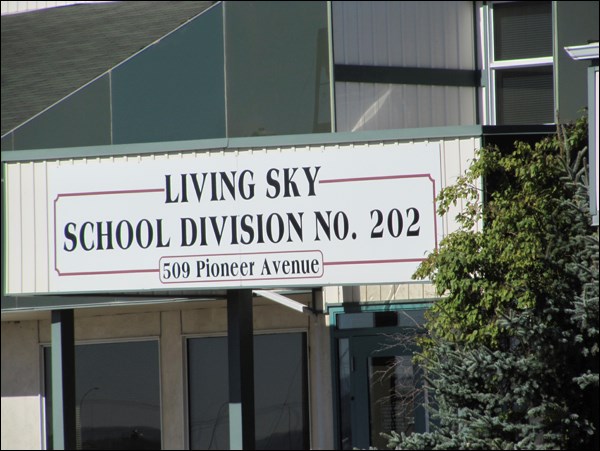The Living Sky School Division has been contemplating the fate of Major School for a long time, and the school division's board made a decision at a meeting Jan. 21.
After the board requested it at the previous meeting, they were provided with per-student costs for all of their schools for the 2011-2012 school year. The numbers represent the direct cost per student to the school division, involving salaries for teachers, support staff and caretakers, as well as costs associated with the schools themselves, and costs associated with extracurricular activities. Bussing costs, as they are paid for by the province, are not included in the total.
The per-pupil cost numbers were revealing, showing Major's numbers to be the third highest of any school in the division. The two schools with higher per-pupil costs were Phoenix and Manacowin, which had enrollments of 14 and five, respectively, and per-capita costs of $26,927.42 and $24,587.31. Board members mentioned that there were many reasons for the high costs of these schools and Major was not a fair point of comparison.
Otherwise, Major's per-capita costs of $14,874.12 were far higher than the average cost of $9,675.69, and considerably higher than the next most expensive school, Cando, where per-capita student costs are $12,987.10. Schools within the Battlefords are far cheaper: Bready, Connaught, McKitrick, St. Vital and North Battleford Composite High School's costs per student are $6,950.27, $9,764.48, $9,387.95, $10,420.40 and $8,705 respectively.
The Monday meeting of the board was not about whether the school should be closed, only whether the review process should continue. If the board decided to stop the review process, Major School would be destined for either closure or grade reconfiguration, but if the review process continued, the board would be forced to set a date in the future for another review.
By a 7-3 vote, the board decided to end the review process and proceed with consideration of either closure or grade reconfiguration.
Richard Hiebert, who was elected to the board in their October 2012 elections, spoke of the value of Major School to the community and all its many programming options, as well as the better performance province-wide of rural schools,. His arguments did not convince the seven board members who opted to continue down the road to either closure or grade reconfiguration.
Speaking to the press after the meeting, board chair Ken Arsenault laid out the future timetable for Major School.
"Now the parents will all be contacted with potential schools that can receive their students. Prior to March 31 there will be an electors' meeting at Major where any concerns from the community at large will be brought forward to the board for consideration for April, which will be the time for the decision for whether there will be grade discontinuance or closure."
If the school experiences grade discontinuance, it may become a K-6 school, though the board would also consider other options. Arsenault took care to emphasize that though the final decision rests with the board, it is a responsibility they take seriously and they will seriously consider the comments from the community of Major itself.
"It's not a decision that the board takes lightly. This affects the community, it affects everyone."




